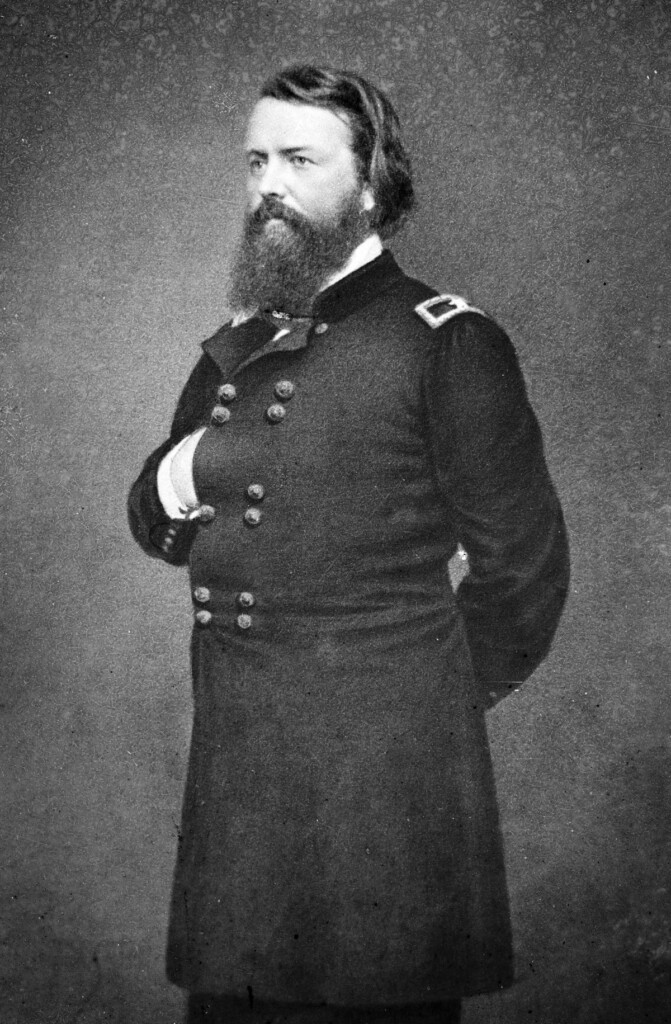
ADVERTISEMENT - CONTINUE READING BELOW
13. The Union was badly outnumbered at the Battle of Chantilly
Pope’s forward thrust, which some charitably refer to as a reconnaissance in force, meant the Union troops arriving at Chantilly were outnumbered by more than three-to-one. Jackson’s entire Corps of approximately 20,000 men when including Stuart’s supporting cavalry opposed about 6,000 Union troops. Nonetheless, the Union advanced against Jackson’s center. Much of the fighting was via bayonet and hand-to-hand, the sudden and heavy rains having wetted the gunpowder. Fighting ebbed and flowed across the open fields where the armies confronted each other. The Union attacked, drove back the Confederates, who used fresh troops to counterattack, driving the Union men back. Around 5 PM the commander of the Union troops, Brigadier General Isaac Stevens, fell dead, demoralizing the troops under his command.
During the fighting Union General Philip Kearney arrived with his division, which he immediately committed to the fighting. The battle became a confused melee, and Kearney found himself behind the Confederate lines, isolated from his troops. He was killed in the fighting, the second Union general to die at Chantilly. That night, both sides encamped on the battlefield, often within just yards of each other. Gradually through the night, the Union troops withdrew, following Pope into the safety offered by the Washington defenses. Pope was relieved of his duties, and his troops merged into the Army of the Potomac. The defeat at Chantilly in 1862, one of a series of defeats in the Eastern Theater that year, allowed Robert E. Lee to advance his troops into Maryland. The invasion culminated in the Battle of Antietam, the bloodiest singled day battle in American history, just over two weeks later.

